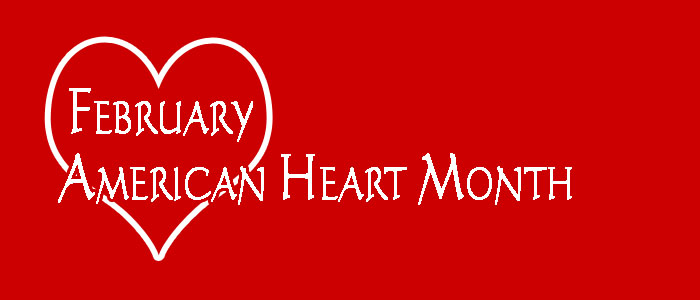About every 25 seconds, an American will have a coronary event.
Heart disease is the leading cause of death in the United States and is a major cause of disability. The most common heart disease in the United States is coronary heart disease, which often appears as a heart attack.
The chance of developing coronary heart disease can be reduced by taking steps to prevent and control factors that put people at greater risk. Additionally, knowing the signs and symptoms of heart attack are crucial to the most positive outcomes after having a heart attack. People who have survived a heart attack can also work to reduce their risk of another heart attack or a stroke in the future.
Know your signs and symptoms
Some heart attacks are sudden and intense; however, most heart attacks start slowly, with mild pain or discomfort. Often people affected aren’t sure what is wrong and wait too long before getting help. Here are signs that can mean a heart attack is happening:
Chest discomfort. Most heart attacks involve discomfort in the center of the chest that lasts more than a few minutes, or that goes away and comes back. It can feel like uncomfortable pressure, squeezing, fullness, or pain.
Discomfort in other areas of the upper body. Symptoms can include pain or discomfort in one or both arms, the back, neck, jaw, or stomach.
Shortness of breath. May occur with or without chest discomfort.
Other signs. These may include breaking out in a cold sweat, nausea, or lightheadedness.
Healthy Lifestyle
Healthy diet and lifestyle are the best weapons you have to fight heart disease. Many people make it harder than it is. It is important to remember that it is the overall pattern of the choices you make that counts. As you make daily food choices, base your eating pattern on these recommendations:
*Choose lean meats and poultry without skin and prepare them without added saturated and trans fat.
*Select fat-free, 1% fat, and low-fat dairy products.
*Cut back on foods containing partially hydrogenated vegetable oils to reduce trans fat in your diet.
*Cut back on foods high in dietary cholesterol. Aim to eat less than 300 mg of cholesterol each day.
*Cut back on beverages and foods with added sugars.
*Choose and prepare foods with little or no salt. Aim to eat less than 2,300 mg of sodium per day. All persons who have hypertension, all middle-aged and older adults, and all blacks should consume no more than 1,500 mg of sodium per day.
*If you drink alcohol, drink in moderation. That means no more than one drink per day if a woman and two drinks per day if you are a man.
*Keep an eye on your portion sizes.
For more information on heart disease and stroke, visit CDCsDivision for Heart Disease and Stroke Prevention.
